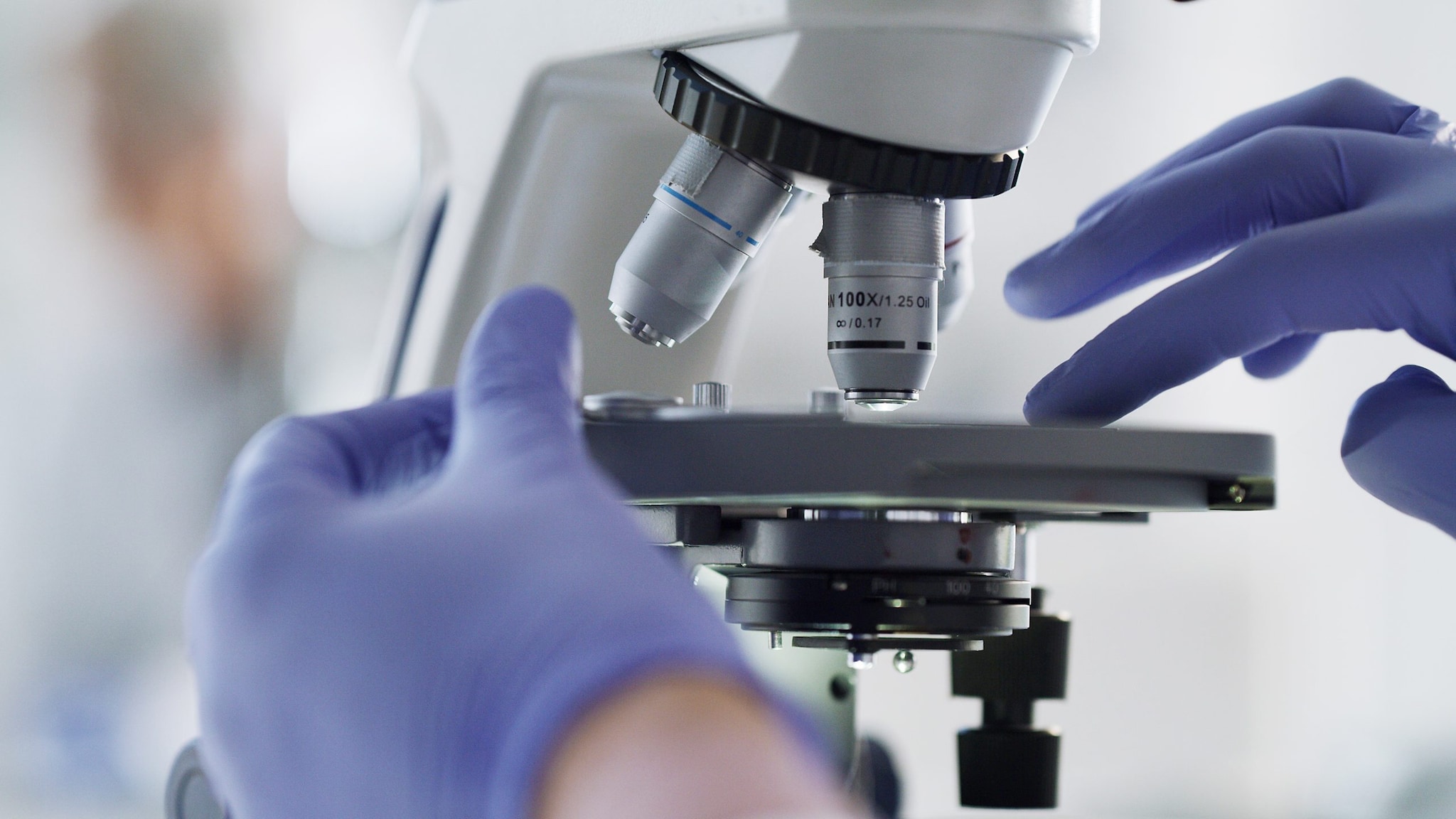Key Points
- Laboratory workers who handle Histoplasma are at risk for histoplasmosis.
- Laboratories should have comprehensive prevention plans in place to protect workers from various routes of exposure.

Background
In clinical and research laboratories, workers who handle Histoplasma are at risk for histoplasmosis. This applies whether they handle it in its yeast or filamentous form.12 There are several potential routes of exposure for workers who disturb:
Inhalation of respirable infectious aerosols can occur during:
- Viable culture procedures
- Preparing soil suspensions
- Handling clinical specimens
- Preparing wet mount slides
- Methods used to prepare samples for analysesA
Exposure can also occur by inoculation, via contaminated needles, scalpels, or broken glass.
Skin and mucous membrane contamination can occur from contaminated laboratory surfaces, spills, or splashes.
Recommendations
Laboratories should have comprehensive prevention plans in place to protect laboratory workers.1
Facility laboratory safety programs are subject to local, state, and federal standards and guidelines. These aim to protect workers against the transmission of infectious agents such as Histoplasma.1
Hierarchical controls including engineering controls, administrative controls, and personal protective equipment (PPE), further reduce exposure to Histoplasma in laboratory settings.
- Handle clinical and environmental samples received in the laboratory in a biosafety level (BSL)-3 room when available.
- Open and handle samples that may contain Histoplasma within a laminar flow Biological Safety Cabinet.
- Contain cultures in sealed nutrient culture plates to minimize exposures during the handling and culture of Histoplasma.
- Wear appropriate PPE.15
The risk of worker exposure to Histoplasma in clinical and research laboratories is further reduced through:
- Laboratorian knowledge of the facility laboratory safety manual
- Staff training
- Medical surveillance
- Containment of microbial exposures through aseptic microbiological practices that address the cultivation, storage, and disposal of biohazardous materials.1
If you:
- Are exposed to Histoplasma in a laboratory or
- Develop symptoms of histoplasmosis after working with Histoplasma
Contact your supervisor following the policies and procedures of the facility. Also, contact your occupational health or risk management department.
- Methods to prepare samples may include pipetting, centrifugation, sonication, disturbing culture plates, decanting, and lyophilization.
- Sewell DL [1995]. Laboratory-associated infections and biosafety. Clinical Microbiol Rev 8(3): 389–405.
- Sulkin SE, Pike RM [1951]. Survey of laboratory-acquired infections. Am J Public Health and Nations Health 41(7): 769–781.
- Spicknall CG, Ryan RW, Cain A [1956]. Laboratory-acquired histoplasmosis. New Engl J Med 254(5): 210–214.
- Hanel, E [1967]. Laboratory-acquired mycoses (Vol. 28). Fort Detrick: Department of the Army.
- Gugnani HC, Randhawa HS [2020]. Laboratory-acquired fungal infections, a review. Arch Microbiol Immuno 4: 51–56.
